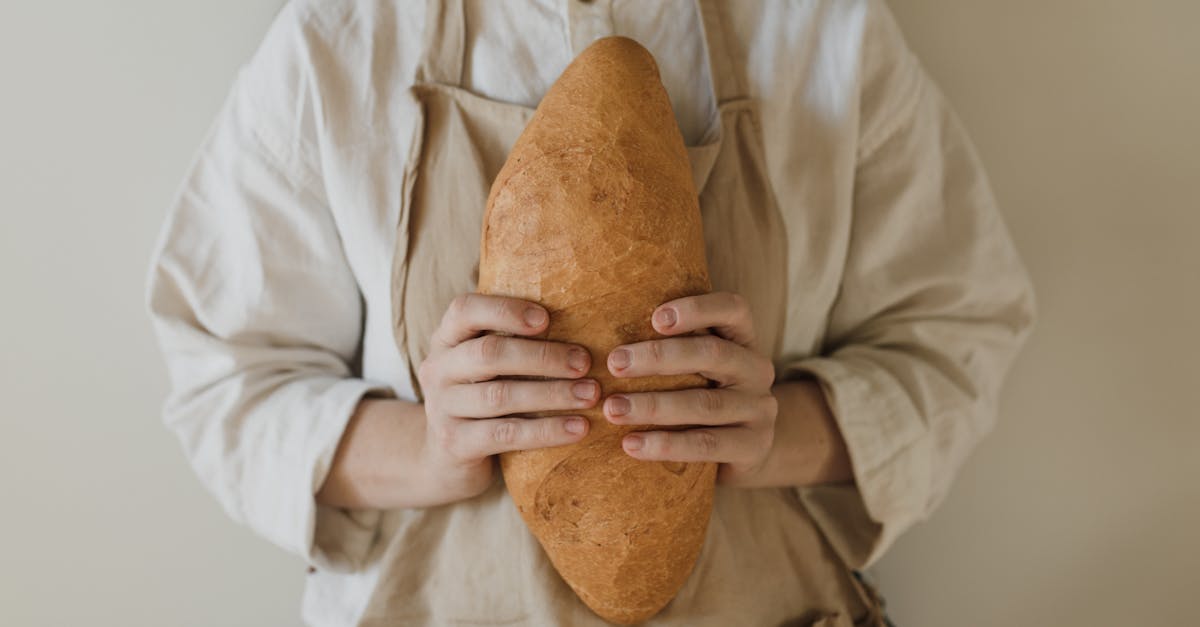Tandoori roti is a delicious and traditional Indian flatbread that is typically cooked in a clay oven called a tandoor. Making tandoori roti at home can be a fun and rewarding experience, allowing you to enjoy fresh, soft, and perfectly charred bread. In this blog post, we will guide you through the essential ingredients and steps needed to make tandoori roti at home, ensuring you impress your family and friends with your culinary skills.
| Ingredients | Quantity |
|---|---|
| Whole wheat flour (Atta) | 2 cups |
| Water | As needed |
| Salt | 1 tsp |
| Oil (optional) | 1 tbsp |
| Butter or ghee (for brushing) | As needed |
Whole Wheat Flour (Atta)
Whole wheat flour, or atta, is the primary ingredient for making tandoori roti. It is high in fiber and provides a nutty flavor to the bread. Using high-quality flour is essential for achieving the right texture and taste. When measuring the flour, ensure that you use a standard measuring cup for accuracy. For best results, sift the flour before use to aerate it, making the dough lighter and easier to work with.

Water
Water is crucial for kneading the dough to the right consistency. The amount of water you need can vary based on the flour’s absorption capacity. Start with a small amount and gradually add more until you achieve a soft and pliable dough. It is essential to knead the dough well, as this helps develop the gluten, which contributes to the roti’s texture. After kneading, allow the dough to rest for at least 30 minutes to help it relax, making it easier to roll out.

Salt
Salt enhances the flavor of the tandoori roti and balances the overall taste. Adding salt to the dough is a simple yet effective way to elevate the flavor profile. Be cautious not to overdo it; one teaspoon is generally sufficient for two cups of flour. Salt also helps strengthen the dough structure, making it easier to handle during rolling and cooking.

Oil (Optional)
While adding oil to the dough is optional, it can enhance the softness of the tandoori roti. Incorporating oil during the kneading process can create a richer flavor and a softer texture. If you choose to add oil, one tablespoon is typically adequate for two cups of flour. This step is especially useful if you plan to store the roti for later, as it helps retain moisture and prevents the bread from drying out.

Butter or Ghee (for Brushing)
Brushing the cooked tandoori roti with butter or ghee adds an extra layer of flavor and richness. It also gives the bread a beautiful shine and enhances its overall appearance. You can use either melted butter or ghee, depending on your preference. Applying it immediately after cooking while the roti is still hot allows the fat to soak in, making the bread even more delicious.

FAQ
Can I make tandoori roti without a tandoor?
Yes, you can make tandoori roti at home using a skillet or an oven. If using a skillet, cook the roti on high heat, flipping it until it is cooked through. For an oven, place the roti on a baking sheet and broil for a few minutes on each side until it puffs up and gets charred.
How can I store leftover tandoori roti?
Leftover tandoori roti can be stored in an airtight container or wrapped in aluminum foil. To keep it soft, place a slice of bread in the container or wrap to maintain moisture. You can reheat the roti on a skillet or in the microwave before serving.
What is the best way to serve tandoori roti?
Tandoori roti is best served hot with a dollop of butter on top. It pairs wonderfully with various Indian dishes like curries, dals, and sabzis. You can also serve it with yogurt or pickles for added flavor.
Can I make tandoori roti with gluten-free flour?
Yes, you can use gluten-free flour, but the texture may vary. You may need to adjust the water content and add a binding agent like xanthan gum to help achieve a similar texture to wheat flour.
For more detailed recipes and cooking techniques, you can refer to trusted sources like the [Food Safety and Inspection Service](https://www.fsis.usda.gov) or the [National Institute of Nutrition](https://www.nin.res.in). These sites provide valuable information on food preparation and nutrition that can enhance your cooking skills.
